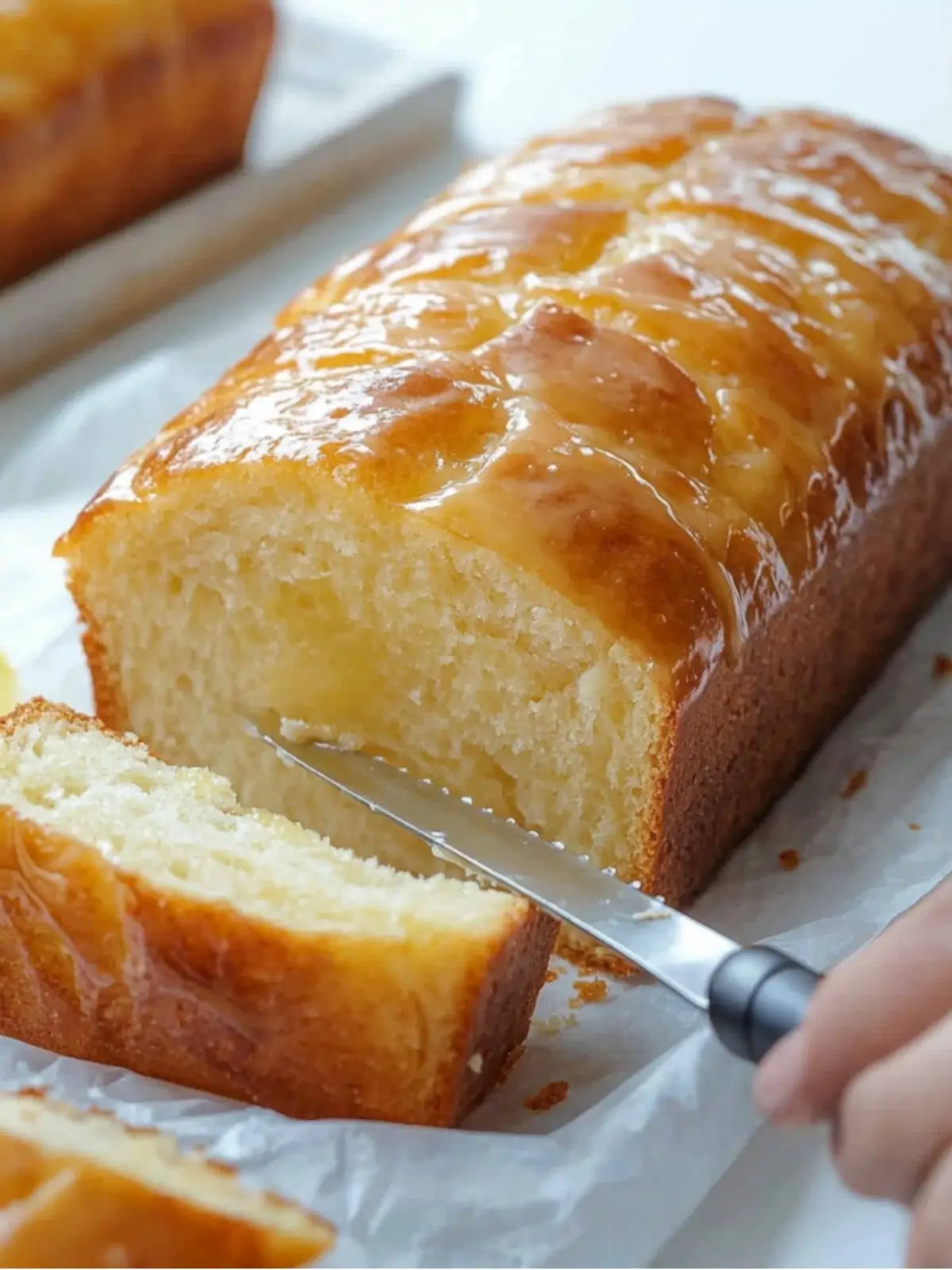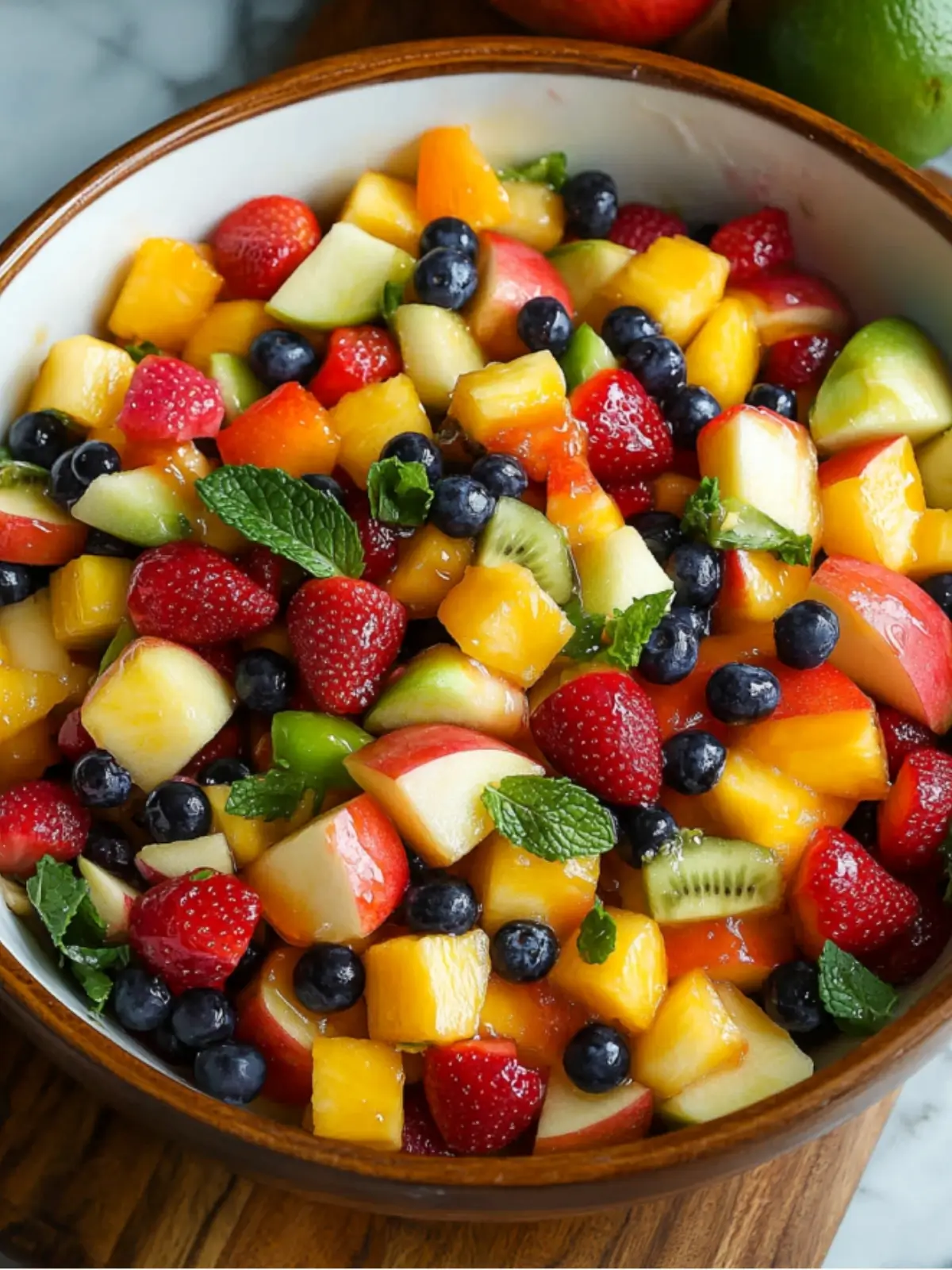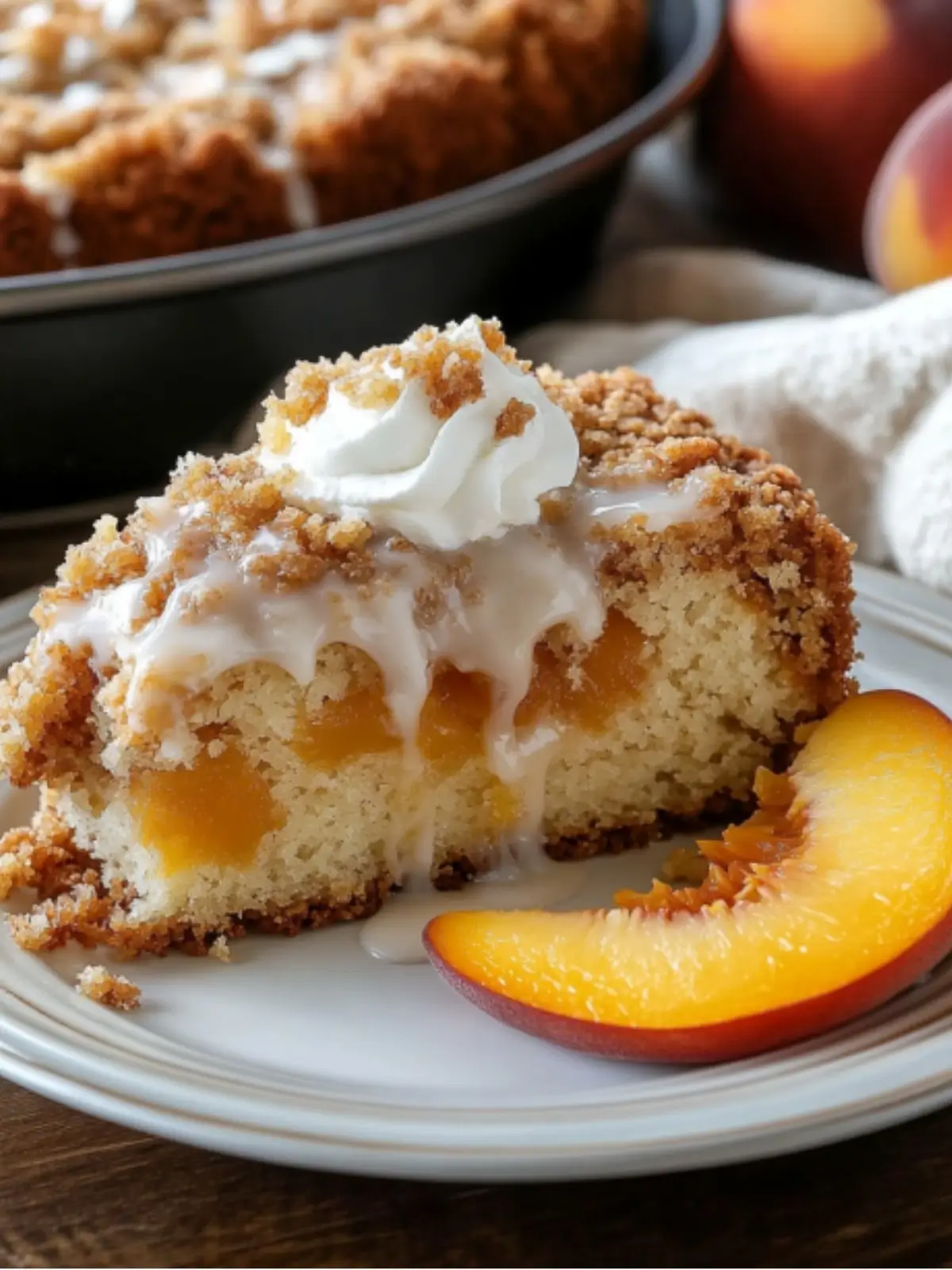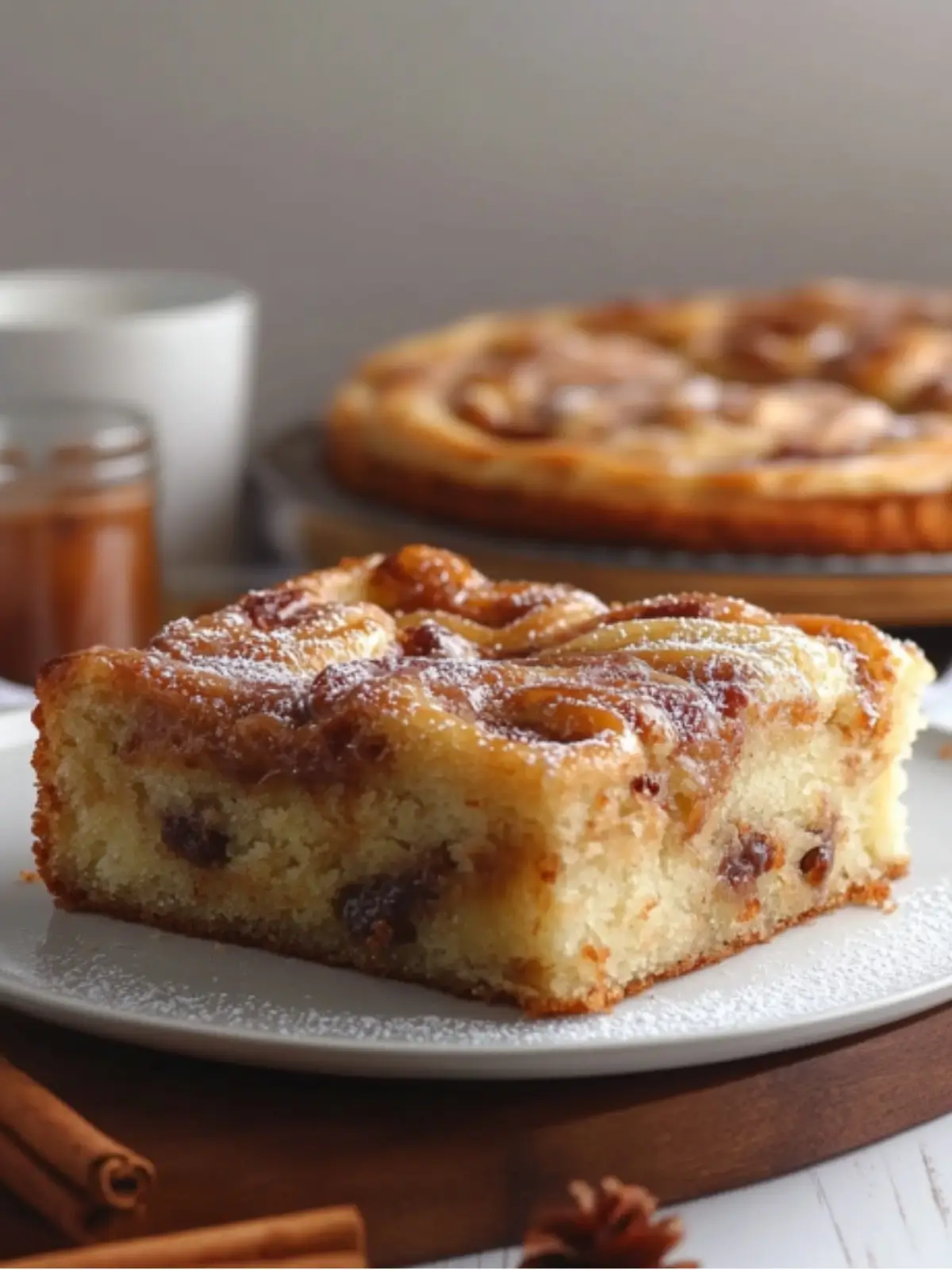Coconut Butter Bars: A Delicious and Healthier Twist on Traditional Butter Bars
What are Coconut Butter Bars, and how are they different from traditional butter bars?
Introduction to Coconut Butter Bars
ADVERTISEMENT
Coconut Butter Bars are a delightful and nutritious twist on the classic butter bar dessert. Unlike traditional butter bars, which rely heavily on dairy butter, Coconut Butter Bars use coconut butter as their primary ingredient. This change not only alters the flavor and texture but also adds a unique set of nutritional benefits that make these bars a popular choice among health-conscious individuals.
Coconut butter is made by pureeing the flesh of the coconut until it becomes smooth and creamy. This results in a rich, velvety texture with a naturally sweet, subtle coconut flavor. These characteristics make coconut butter an excellent substitute for dairy butter, especially for those who are looking for a vegan, dairy-free, or healthier alternative in their baking.
Typically, Coconut Butter Bars are crafted with a combination of coconut butter, natural sweeteners such as honey or maple syrup, and additional ingredients like oats, nuts, or even chocolate. This combination yields a bar that is not only indulgent but also packed with the nutritional benefits of coconut, including healthy fats, fiber, and essential nutrients.
Differences from Traditional Butter Bars
Coconut Butter Bars stand out from traditional butter bars due to several key differences:
Flavor Profile
Traditional butter bars are known for their rich, buttery flavor, which is derived from dairy butter. In contrast, Coconut Butter Bars offer a distinct flavor profile, characterized by a gentle coconut essence that adds a tropical twist to the treat. This subtle yet noticeable difference in flavor can transform a simple dessert into something exotic and memorable.
Texture
The texture of Coconut Butter Bars is another point of differentiation. While traditional butter bars tend to be light and airy due to the properties of dairy butter, Coconut Butter Bars are typically denser and creamier. This is because coconut butter has a thicker consistency, which contributes to a more substantial and satisfying bite.
Nutritional Benefits
One of the most significant advantages of Coconut Butter Bars over traditional butter bars is their nutritional profile. Coconut butter is rich in medium-chain triglycerides (MCTs), a type of healthy fat that has been shown to boost energy levels and support metabolism. Moreover, Coconut Butter Bars are often free from dairy, making them an excellent choice for individuals with lactose intolerance or those following a vegan diet.
Dietary Considerations
Coconut Butter Bars are especially appealing to those adhering to specific dietary preferences or restrictions. Whether you're following a vegan, dairy-free, or paleo diet, these bars offer a nutrient-dense alternative that satisfies the craving for a sweet, indulgent treat without compromising your dietary goals.
In summary, Coconut Butter Bars offer a unique flavor, texture, and nutritional profile that set them apart from traditional butter bars. Their rich, creamy texture combined with the subtle sweetness of coconut butter makes them a delectable and healthier option for dessert lovers.
Can I substitute coconut butter with regular butter in Coconut Butter Bars?
Understanding the Substitution
When making Coconut Butter Bars, you might wonder if you can substitute regular butter for coconut butter. The answer is yes, but with some caveats. Substituting regular butter will significantly alter the flavor, texture, and nutritional profile of the bars. Coconut butter and regular butter are fundamentally different ingredients, so the outcome of your recipe will vary depending on the substitution. Understanding these differences will help you make adjustments to achieve the desired results.
Impact on Flavor and Texture
Flavor
One of the most noticeable changes when substituting regular butter for coconut butter is the flavor. Coconut butter imparts a subtle, nutty, and slightly sweet coconut taste, which is central to the unique flavor of Coconut Butter Bars. Regular butter, on the other hand, has a richer and more traditional buttery flavor. If you substitute coconut butter with regular butter, you’ll lose the distinctive coconut flavor that makes these bars stand out. For those who love the tropical essence of coconut, sticking with coconut butter is essential.
Texture
Texture is another crucial aspect affected by this substitution. Coconut butter has a dense, creamy consistency that contributes to the substantial, slightly chewy texture of Coconut Butter Bars. Regular butter, being softer and more pliable, tends to create a lighter, less dense texture. When you use regular butter in place of coconut butter, the bars may spread more during baking, resulting in a thinner, less firm product. To maintain a similar texture, you may need to adjust the amount of butter or add extra ingredients, such as flour or a binding agent, to help the bars hold their shape.
Nutritional Profile
Substituting coconut butter with regular butter also affects the nutritional value of the bars. Coconut butter is well-known for its content of medium-chain triglycerides (MCTs), a type of fat that has been linked to various health benefits, including improved energy levels and metabolism. Regular butter, while rich in saturated fats, does not offer the same type of health benefits and contains cholesterol, which is absent in coconut butter. Therefore, if you're substituting coconut butter with regular butter, the bars will likely have a different nutritional profile, with higher levels of saturated fats and cholesterol, and a loss of some potential health benefits associated with coconut butter.
Tips for Substituting
If you choose to substitute regular butter for coconut butter, here are a few tips to ensure your Coconut Butter Bars still turn out delicious:
Start with Equal Amounts
Begin by using an equal amount of regular butter to replace the coconut butter. This is a good starting point, but be prepared to make adjustments depending on how the batter looks and behaves.
Add Stabilizers
Since regular butter is softer and may cause the batter to spread more during baking, consider adding a stabilizing ingredient like extra flour, oats, or even a bit of cornstarch. These additions can help the bars maintain their shape and texture.
Enhance the Coconut Flavor
If you want to retain some of the coconut flavor while using regular butter, you can add a small amount of shredded coconut or a few drops of coconut extract to the recipe. This will help mimic the original taste of Coconut Butter Bars.
Chill Before Baking
To prevent the bars from spreading too much, try chilling the batter before baking. This will help the bars set and maintain a firmer texture.
By following these tips, you can substitute regular butter in Coconut Butter Bars while still creating a satisfying and flavorful treat. However, for the authentic experience, using coconut butter is recommended to capture the full essence of this unique dessert.
How should I store Coconut Butter Bars to keep them fresh?
Storing Coconut Butter Bars
Proper storage is essential to maintaining the freshness, flavor, and texture of your Coconut Butter Bars. Depending on how soon you plan to eat them, there are different methods to store these bars to ensure they remain delicious and enjoyable.
At Room Temperature
If you plan to consume your Coconut Butter Bars within a few days, storing them at room temperature is perfectly fine. To keep them fresh, place the bars in an airtight container. Store the container in a cool, dry place away from direct sunlight and heat sources. Coconut Butter Bars stored this way will stay fresh for up to 3 days. However, be sure to seal the container well to prevent moisture from getting in, as this could make the bars soggy.
In the Refrigerator
For longer storage, it’s best to keep your Coconut Butter Bars in the refrigerator. Refrigerating the bars not only extends their shelf life but also helps them maintain a firmer texture, which some people prefer. To store the bars in the fridge, place them in an airtight container or wrap them individually in plastic wrap. This will prevent them from drying out or absorbing any odors from other foods in the refrigerator. Coconut Butter Bars can stay fresh in the refrigerator for up to 1 week.
In the Freezer
If you want to store your Coconut Butter Bars for an extended period, freezing is the way to go. Freezing the bars allows you to preserve their flavor and texture for up to 3 months. To freeze the bars, wrap each one individually in plastic wrap or aluminum foil, then place them in a freezer-safe container or zip-top bag. This method helps prevent freezer burn and keeps the bars tasting as fresh as the day they were made. When you're ready to enjoy them, simply thaw the bars in the refrigerator overnight or at room temperature for a few hours.
Shelf Life and Serving Tips
Shelf Life
The shelf life of Coconut Butter Bars depends on the storage method. At room temperature, they last about 3 days; in the refrigerator, they can be stored for up to 1 week; and in the freezer, they remain fresh for up to 3 months. To enjoy the best quality, consume the bars within these time frames.
Serving After Storage
When serving Coconut Butter Bars that have been stored in the refrigerator or freezer, it’s a good idea to allow them to come to room temperature before eating. This helps to bring out the full flavor and ensures the bars have a pleasant, soft texture. However, some people enjoy eating them straight from the fridge or even slightly chilled, as this gives the bars a firmer, denser bite.
Print
ADVERTISEMENT
Coconut Butter Bars
- Total Time: 1 hour 10 minutes
- Yield: 12 bars 1x
- Diet: Vegetarian
Description
Coconut Butter Bars are a delicious, healthier alternative to traditional butter bars, made with rich and creamy coconut butter. These bars are dairy-free, vegan-friendly, and packed with the subtle, tropical flavor of coconut. Perfect as a snack or dessert, these bars are easy to make and require minimal ingredients.
Ingredients
- 1 cup coconut butter, softened
- ¼ cup honey or maple syrup (for a vegan option)
- ½ teaspoon vanilla extract
- ¼ teaspoon sea salt
- ½ cup shredded coconut (optional for texture)
- ¼ cup dark chocolate chips or nuts (optional mix-ins)
Instructions
- Prepare the Coconut Butter:
If your coconut butter is too hard, warm it slightly in the microwave or a double boiler until it’s soft and spreadable. - Mix the Ingredients:
In a mixing bowl, combine the softened coconut butter, honey or maple syrup, vanilla extract, and sea salt. Stir until smooth and well combined. If using shredded coconut or mix-ins like chocolate chips or nuts, fold them into the mixture. - Form the Bars:
Line an 8x8-inch baking dish with parchment paper. Pour the coconut butter mixture into the dish and spread it evenly with a spatula. - Chill:
Place the dish in the refrigerator for at least 1 hour, or until the bars are firm and set. - Cut and Serve:
Once firm, remove the dish from the refrigerator. Lift the parchment paper out and cut the mixture into bars or squares. Serve chilled or at room temperature.
Notes
- Storage: Store Coconut Butter Bars in an airtight container at room temperature for up to 3 days, in the refrigerator for up to 1 week, or freeze for up to 3 months.
- Flavor Variations: You can add other flavors such as cinnamon, cocoa powder, or dried fruit to customize your bars.
- Substitutions: Regular butter can be used instead of coconut butter, but this will change the flavor and texture.
- Prep Time: 10 minutes
- Cook Time: 1 hour
- Category: Dessert, Snack
- Method: No-Bake
- Cuisine: American





Leave a Reply